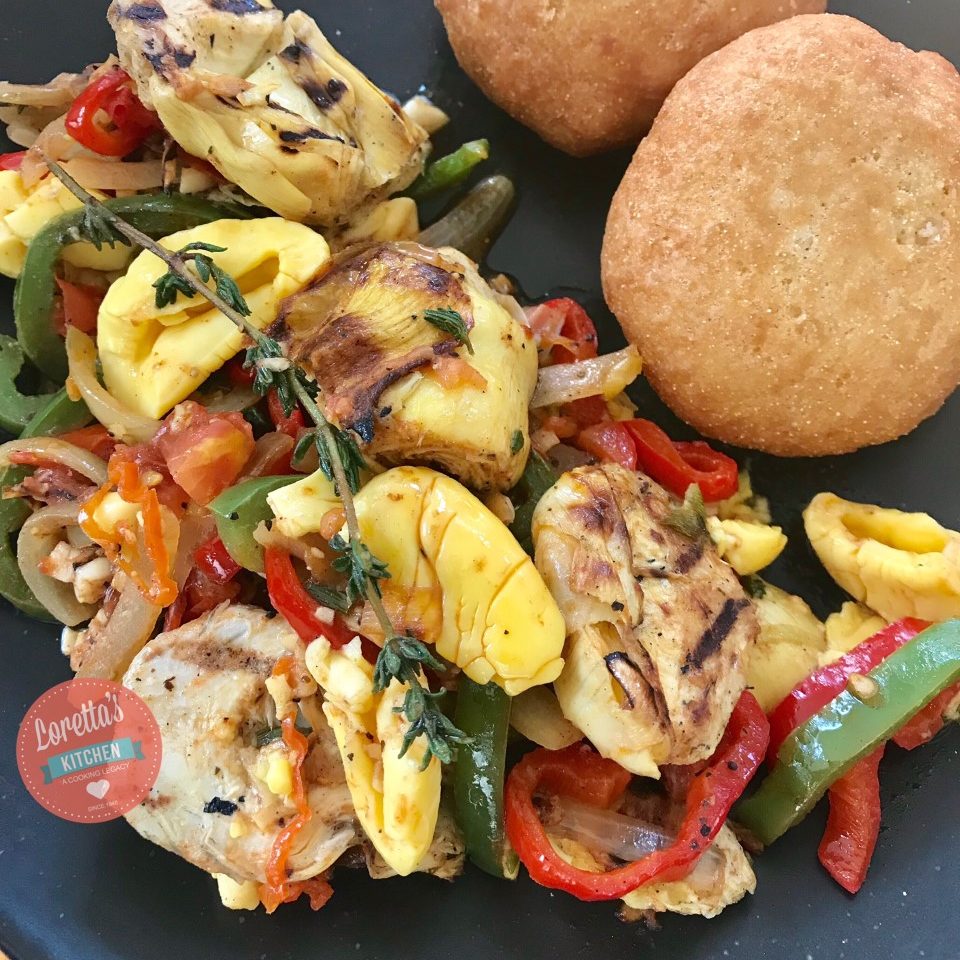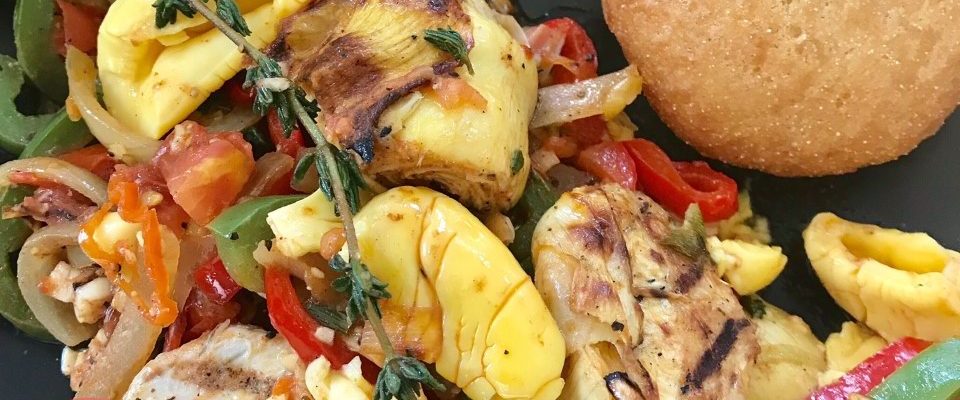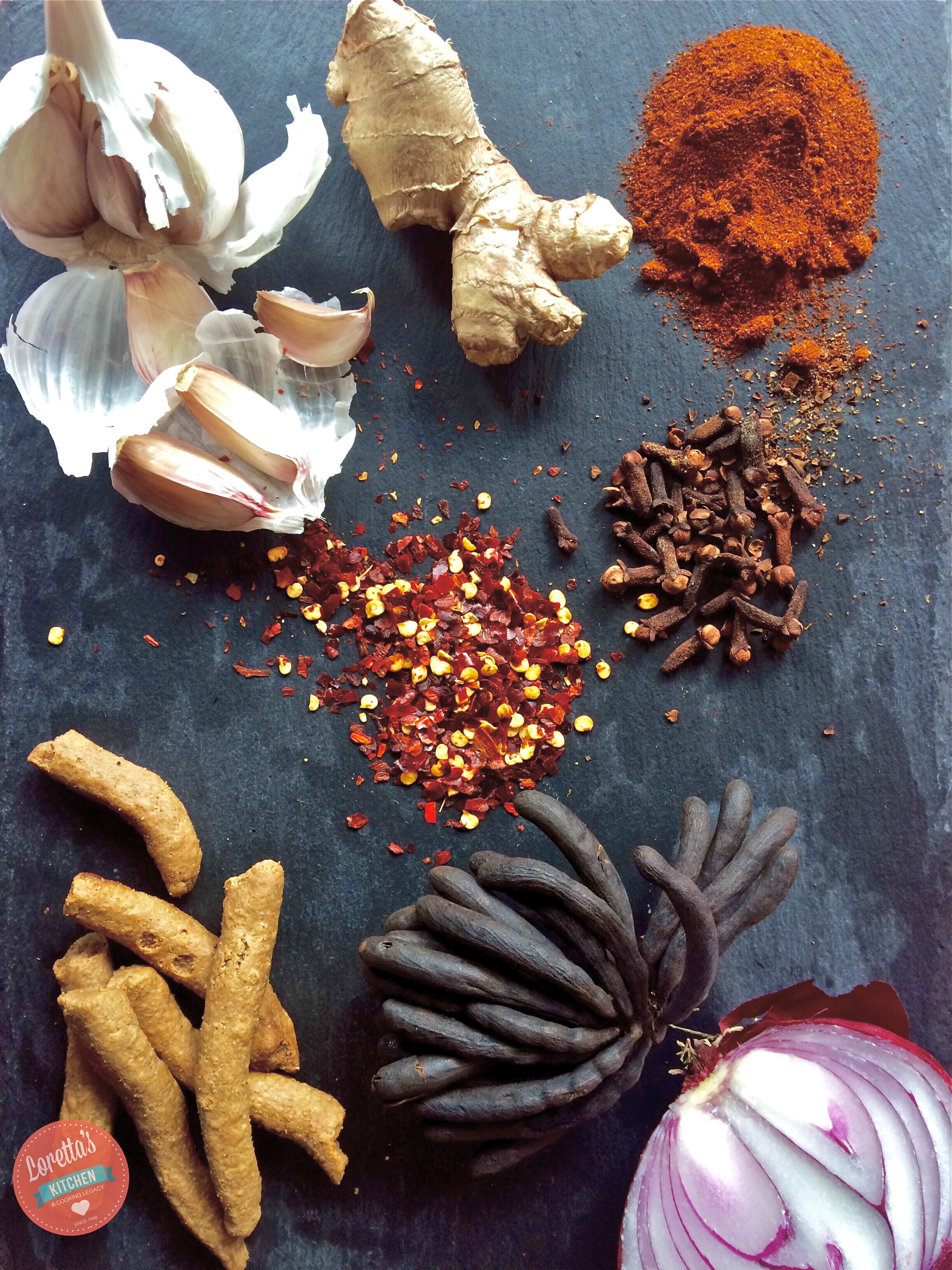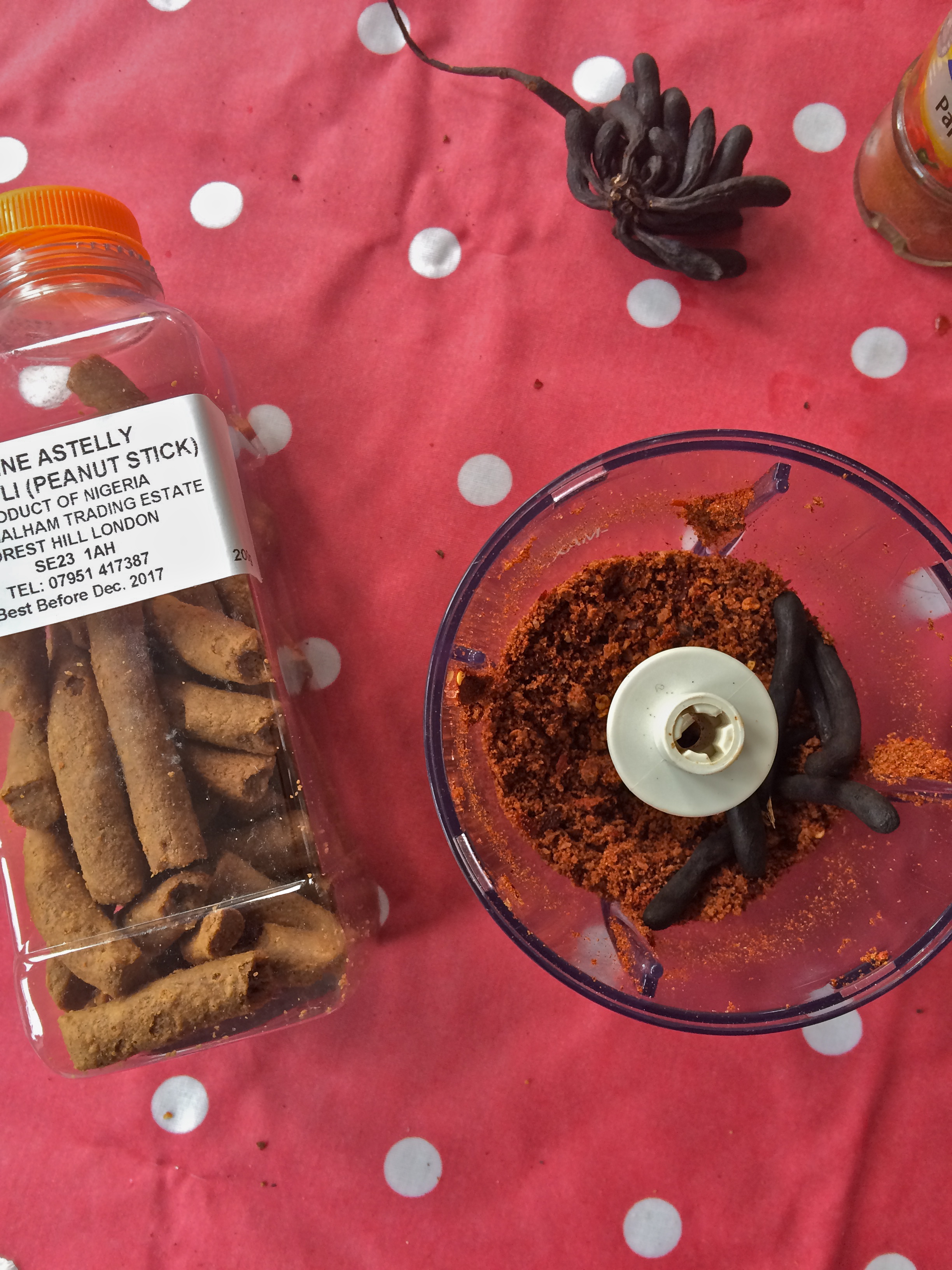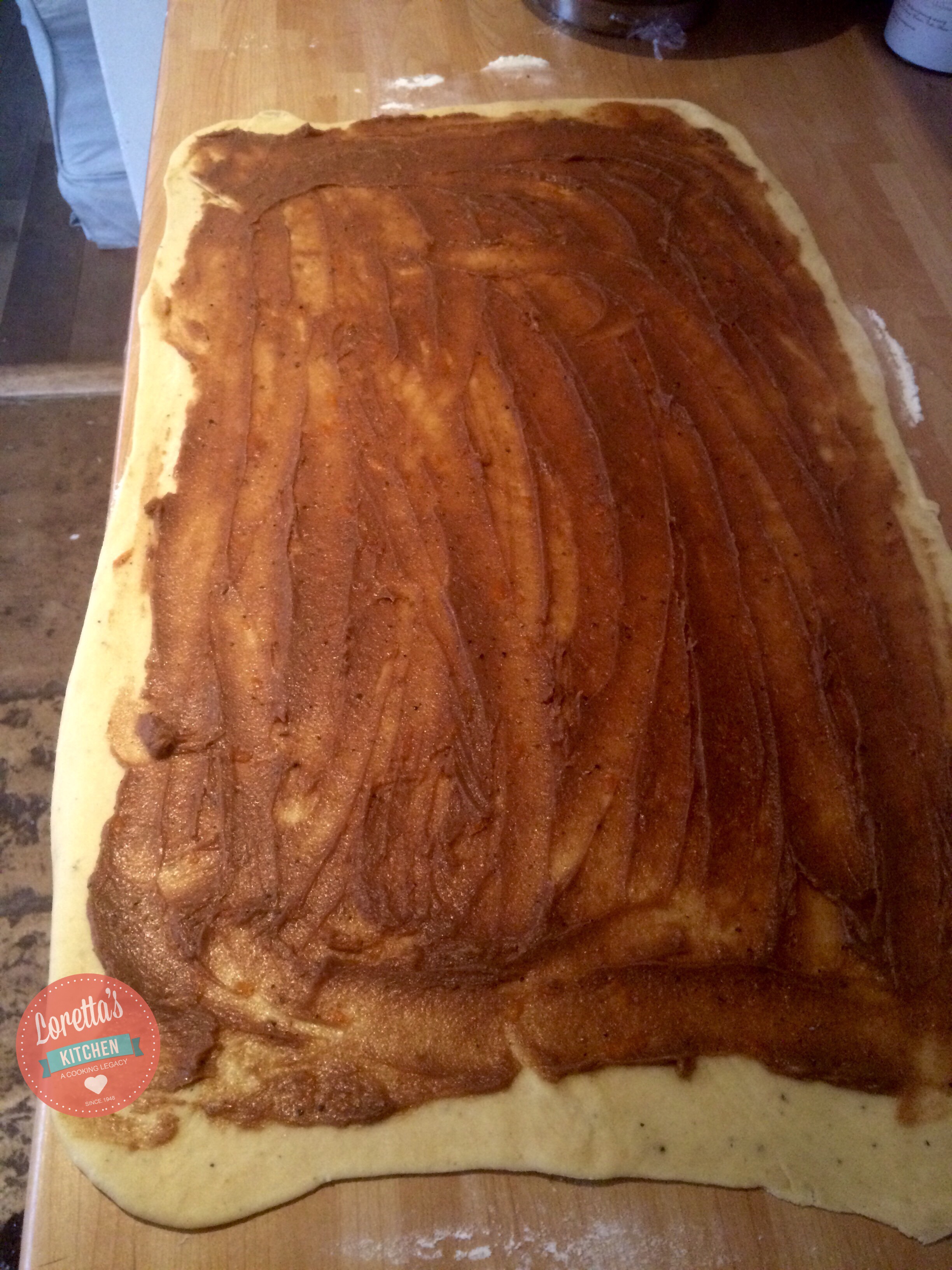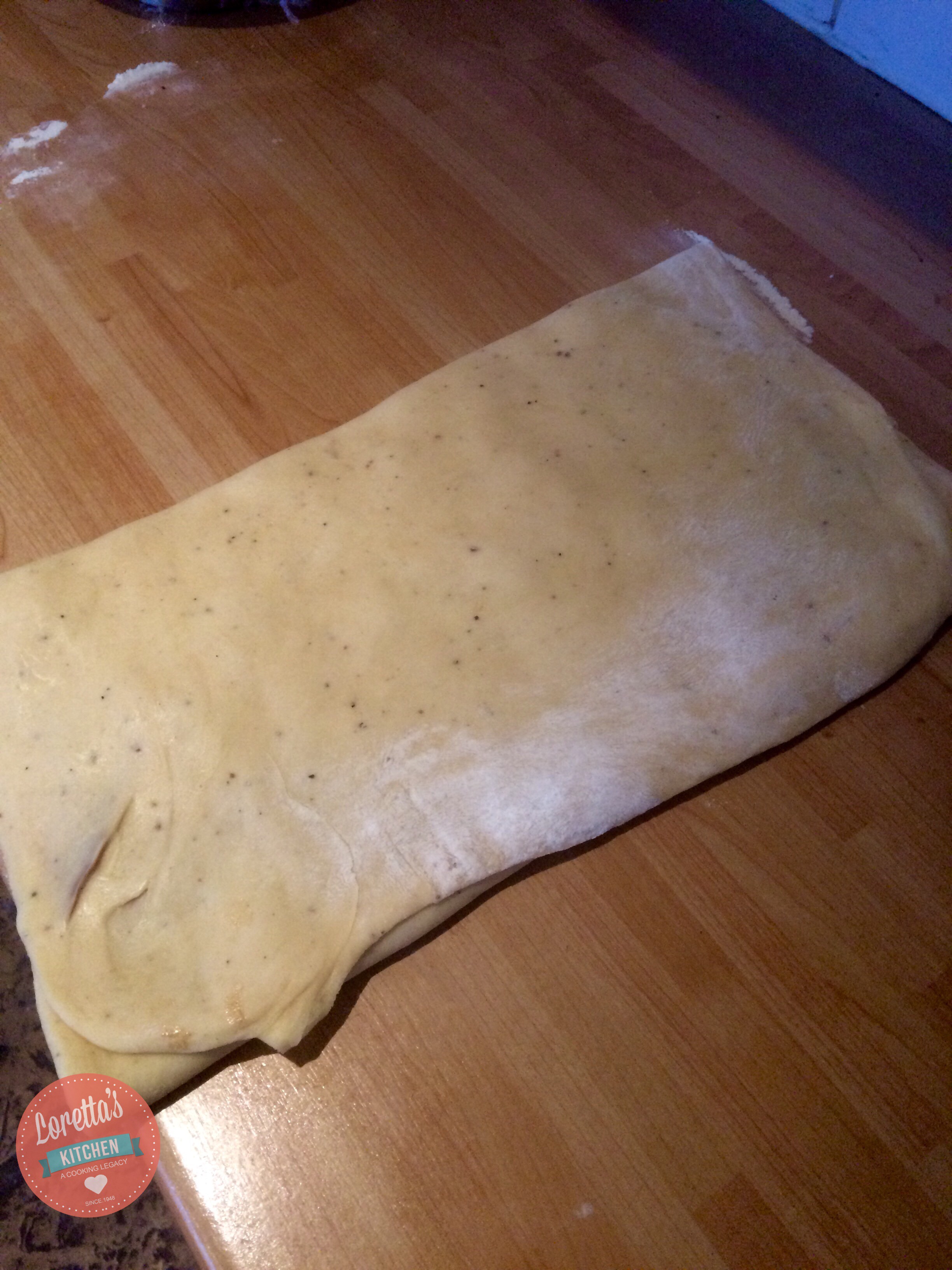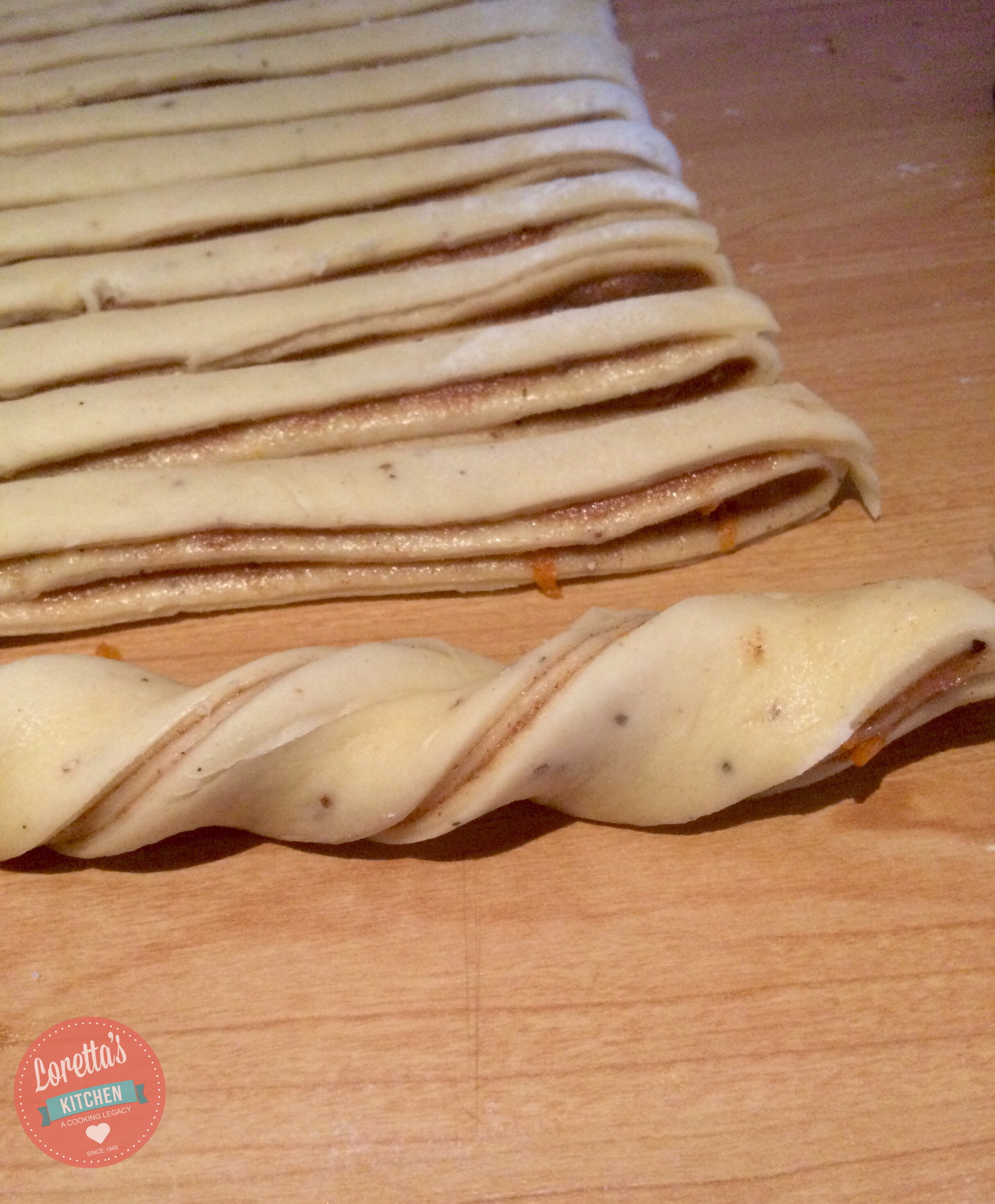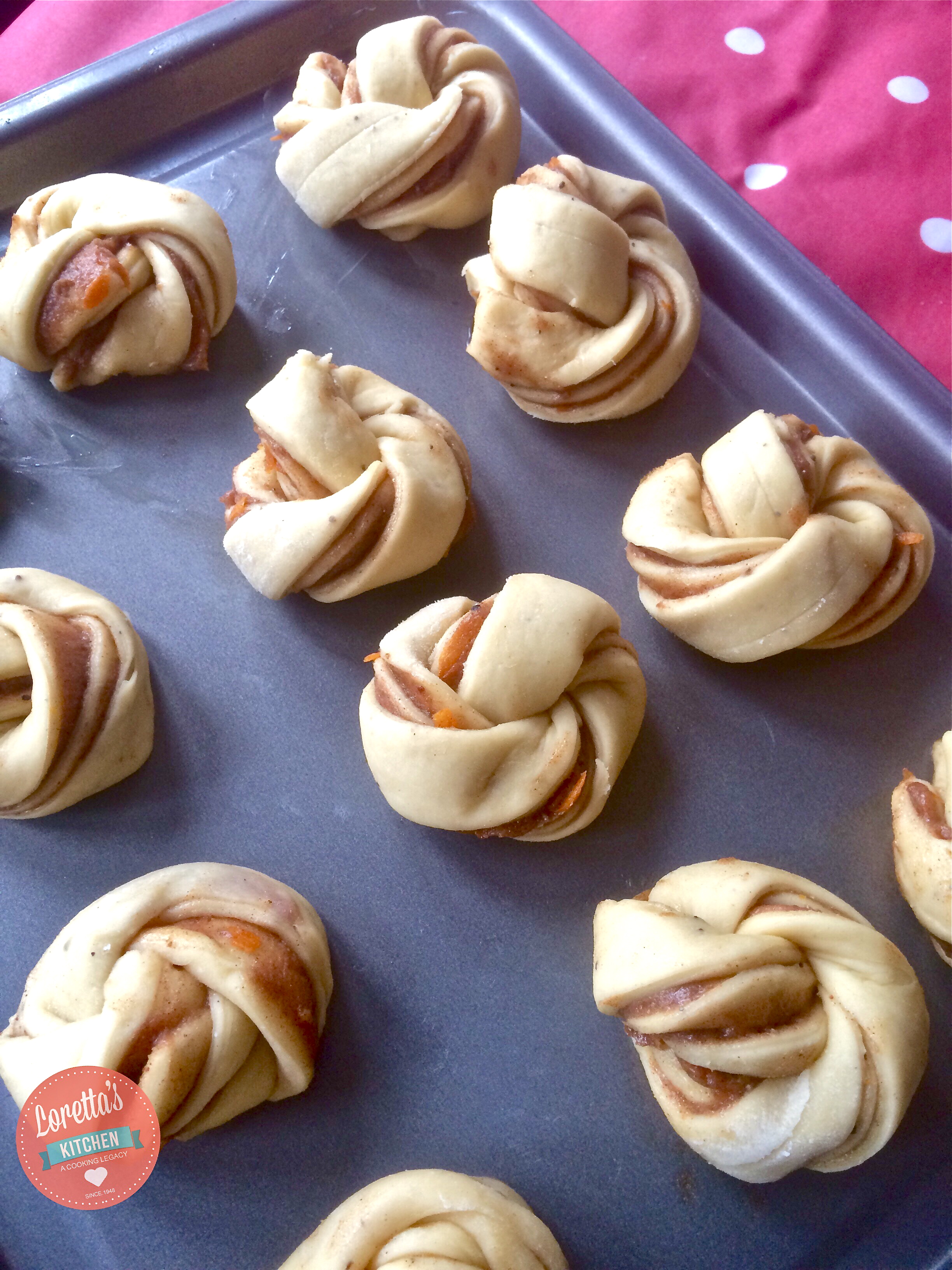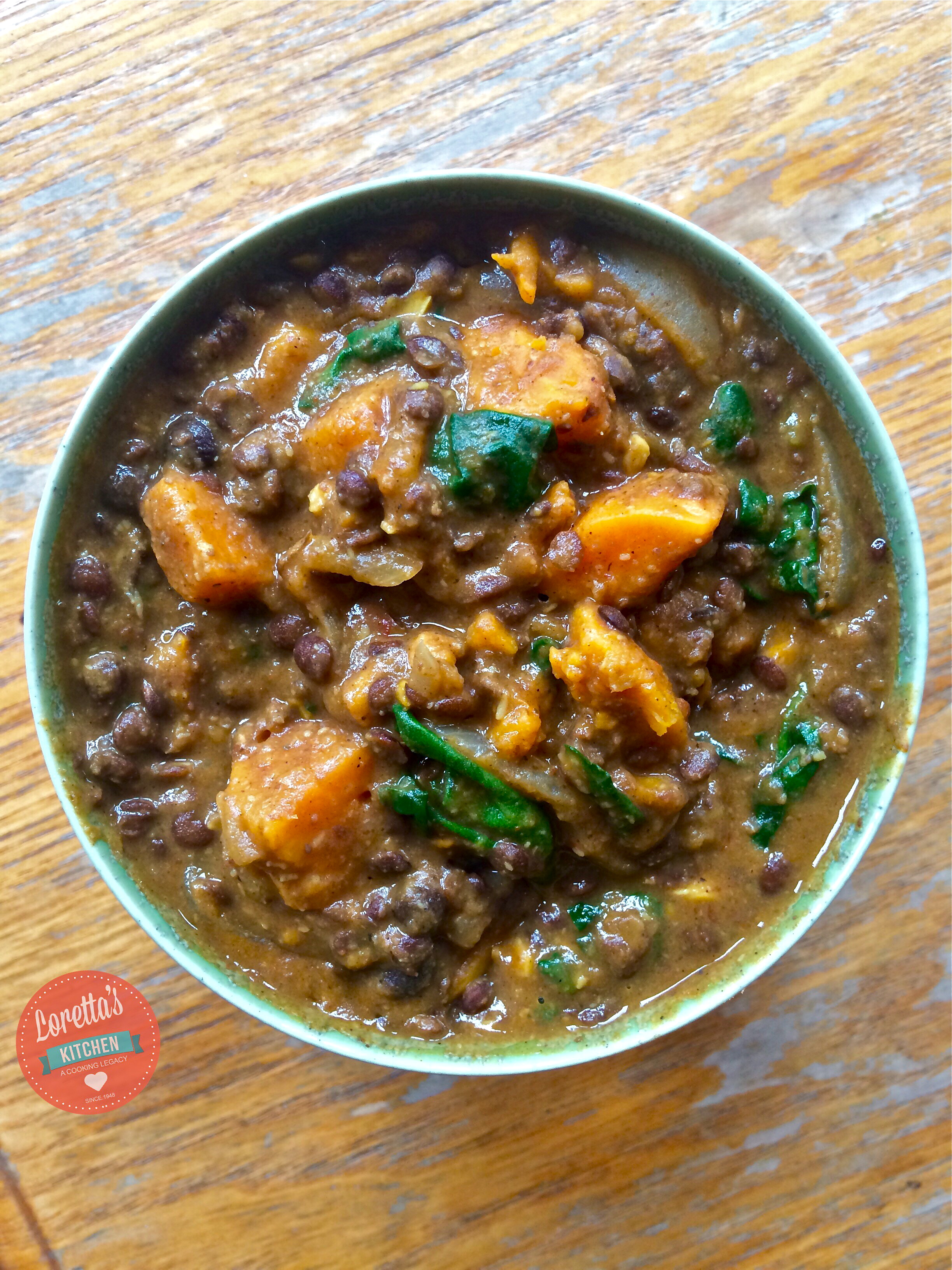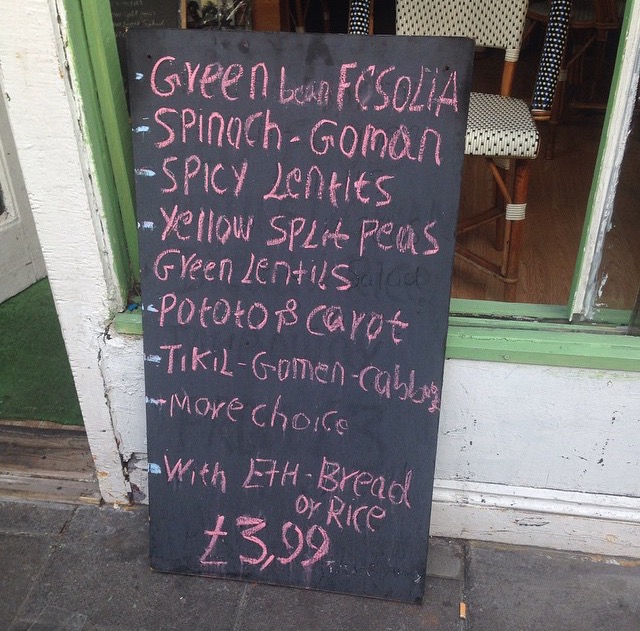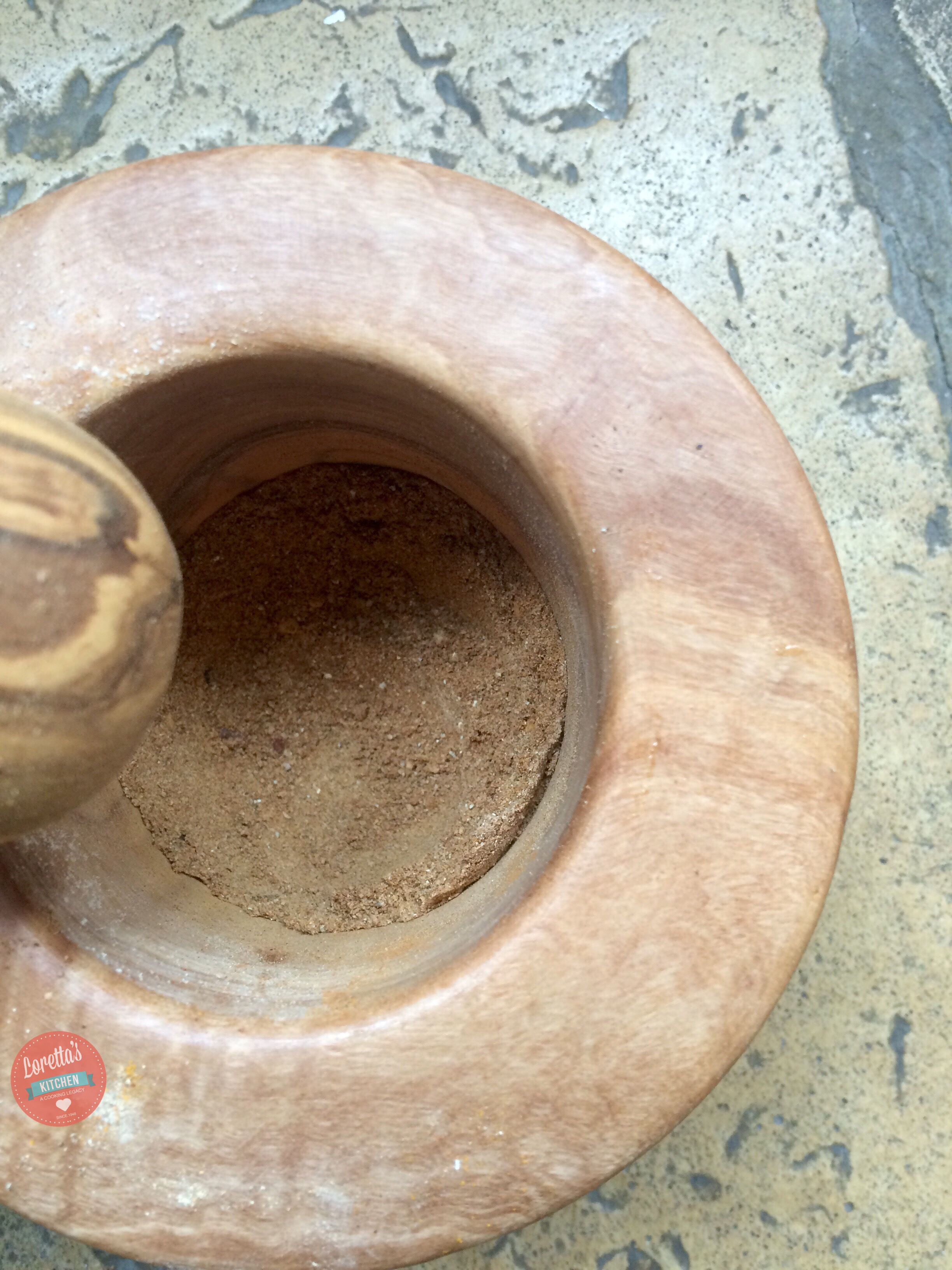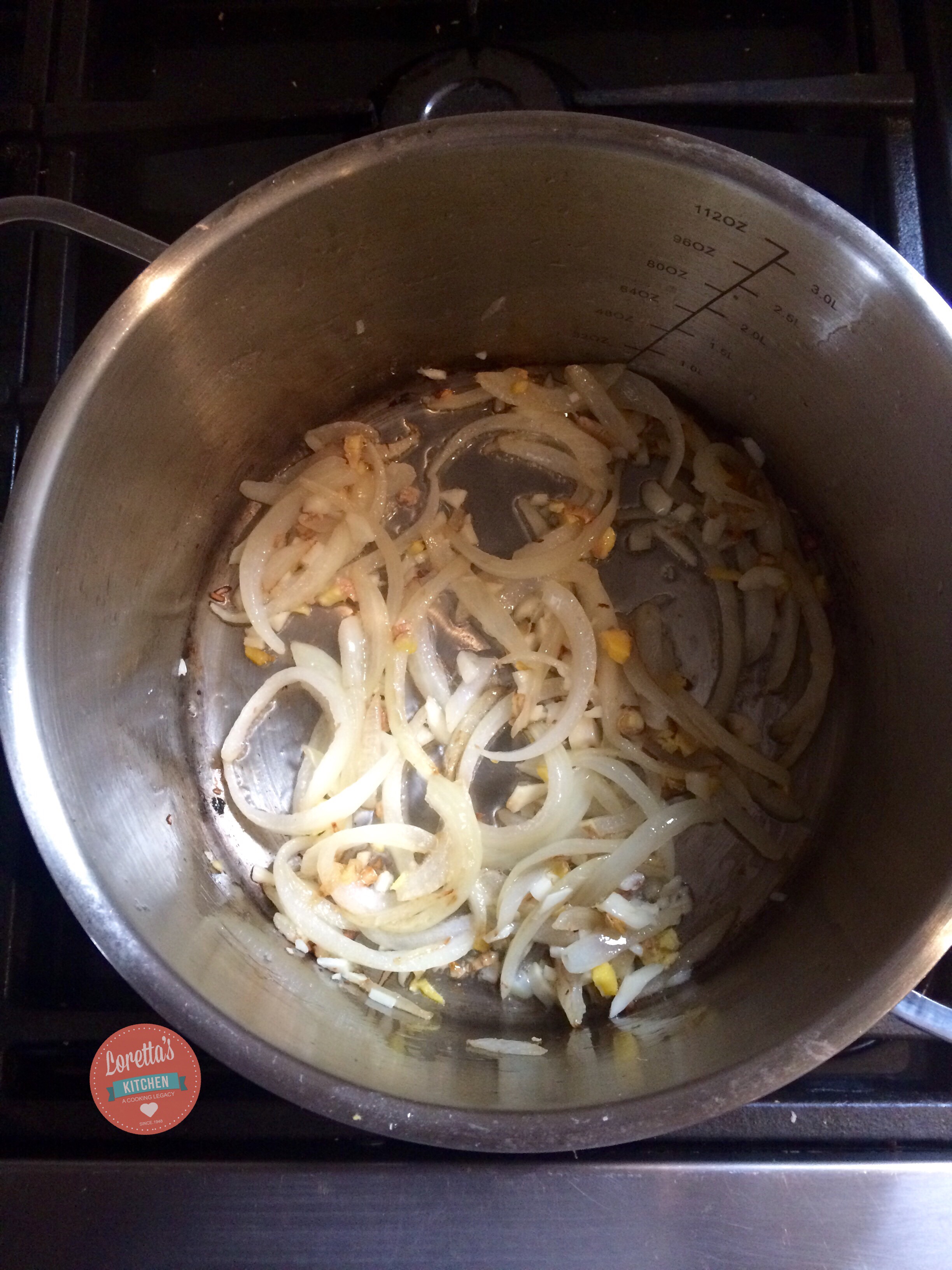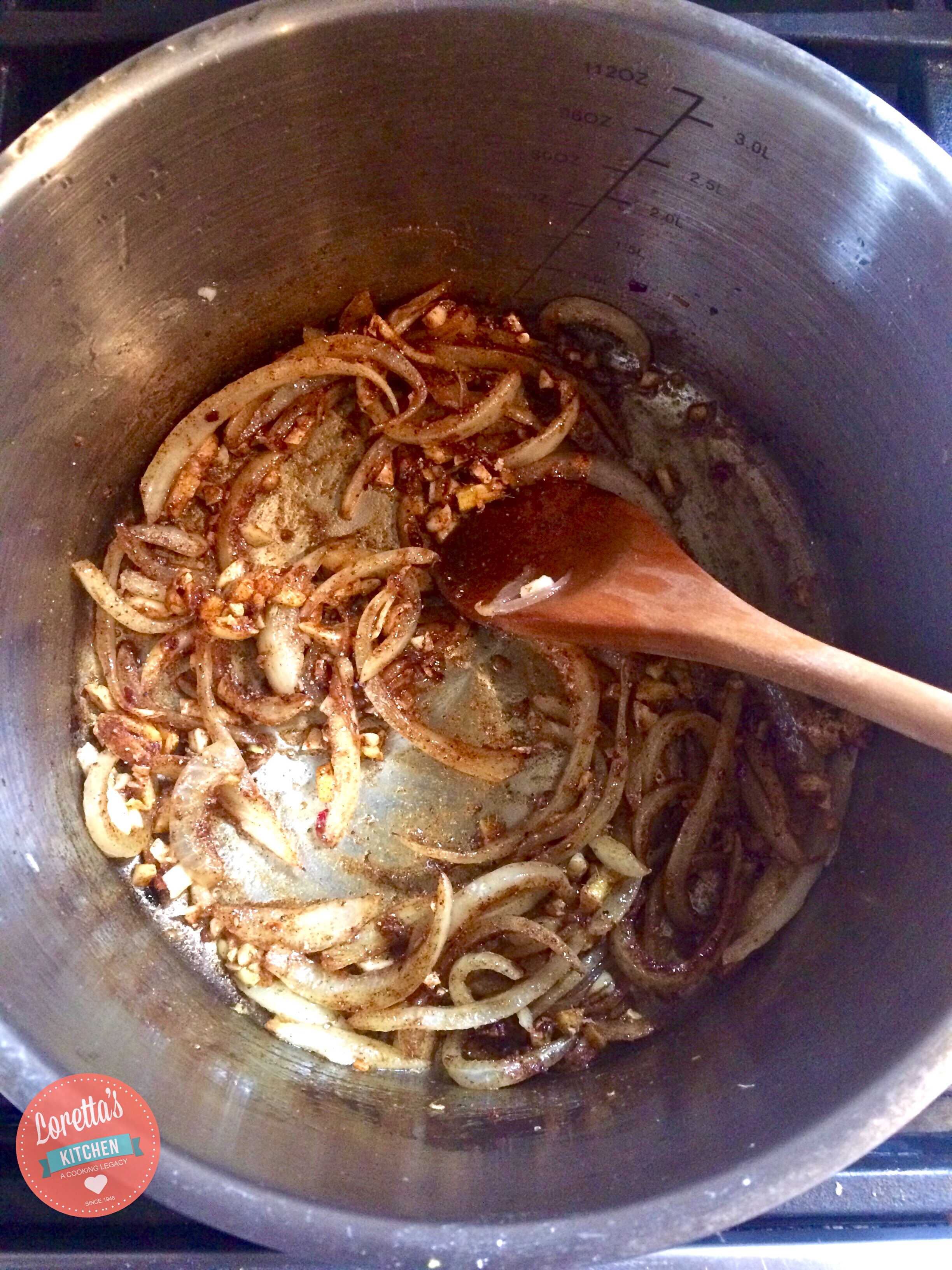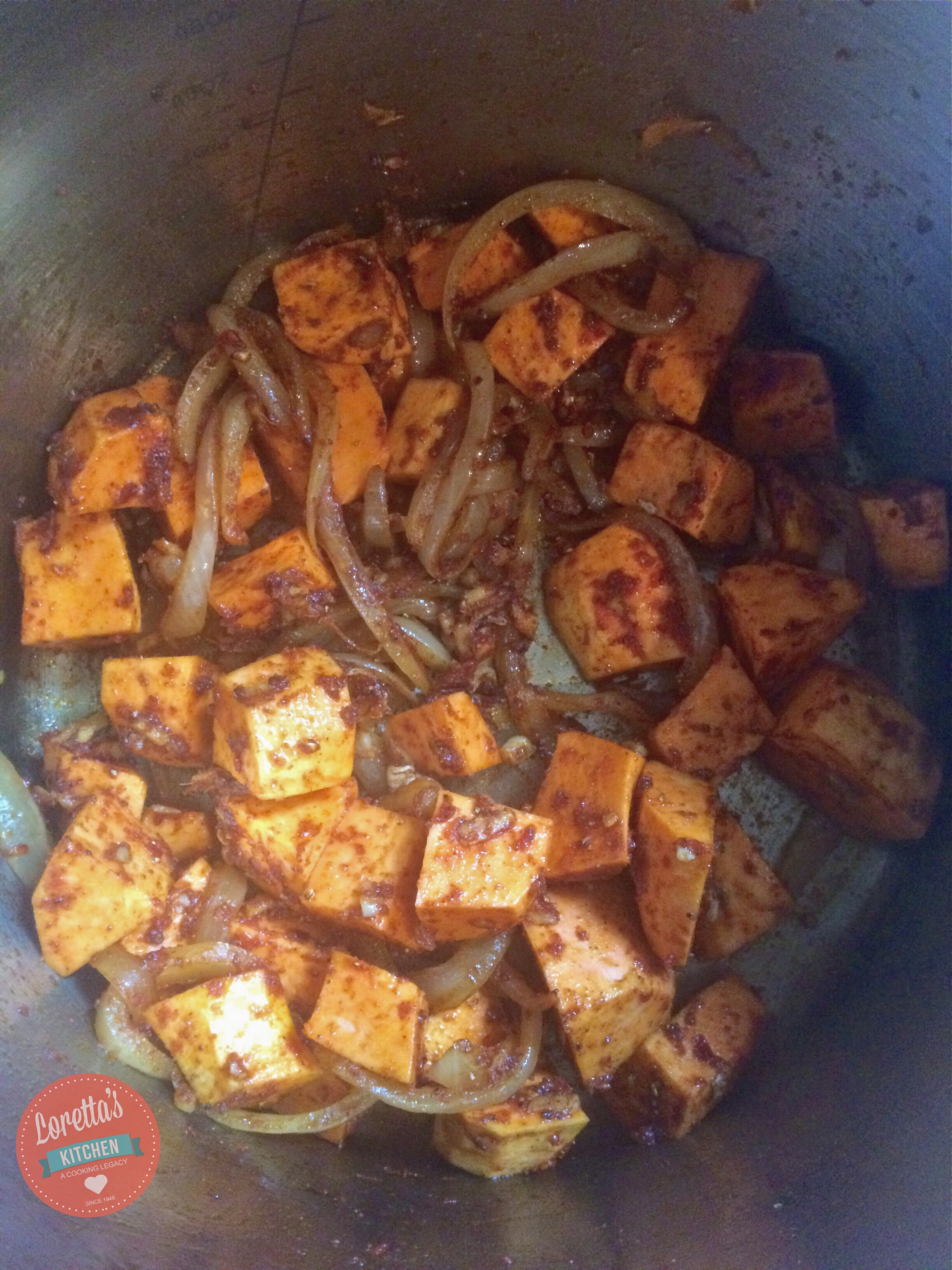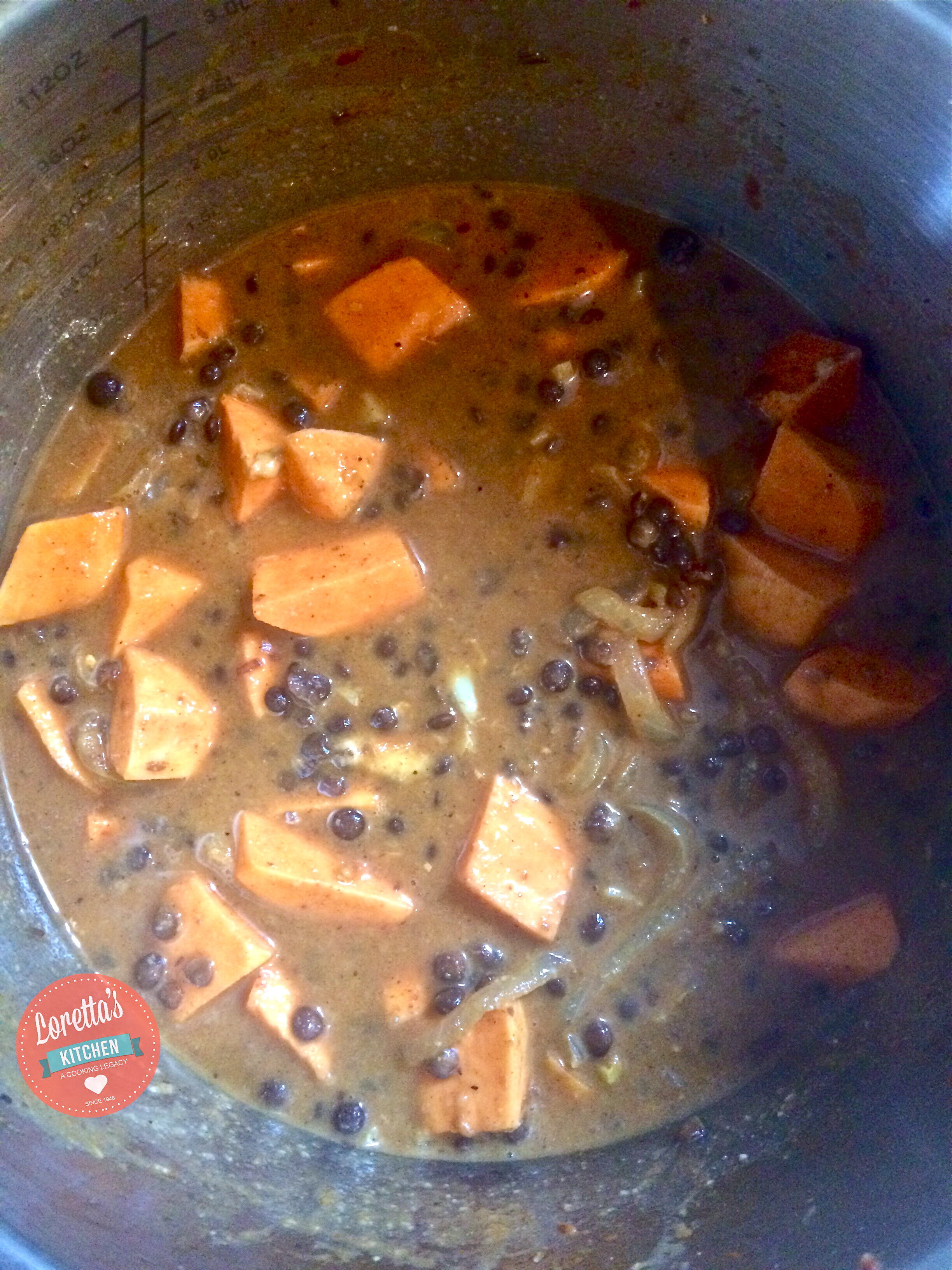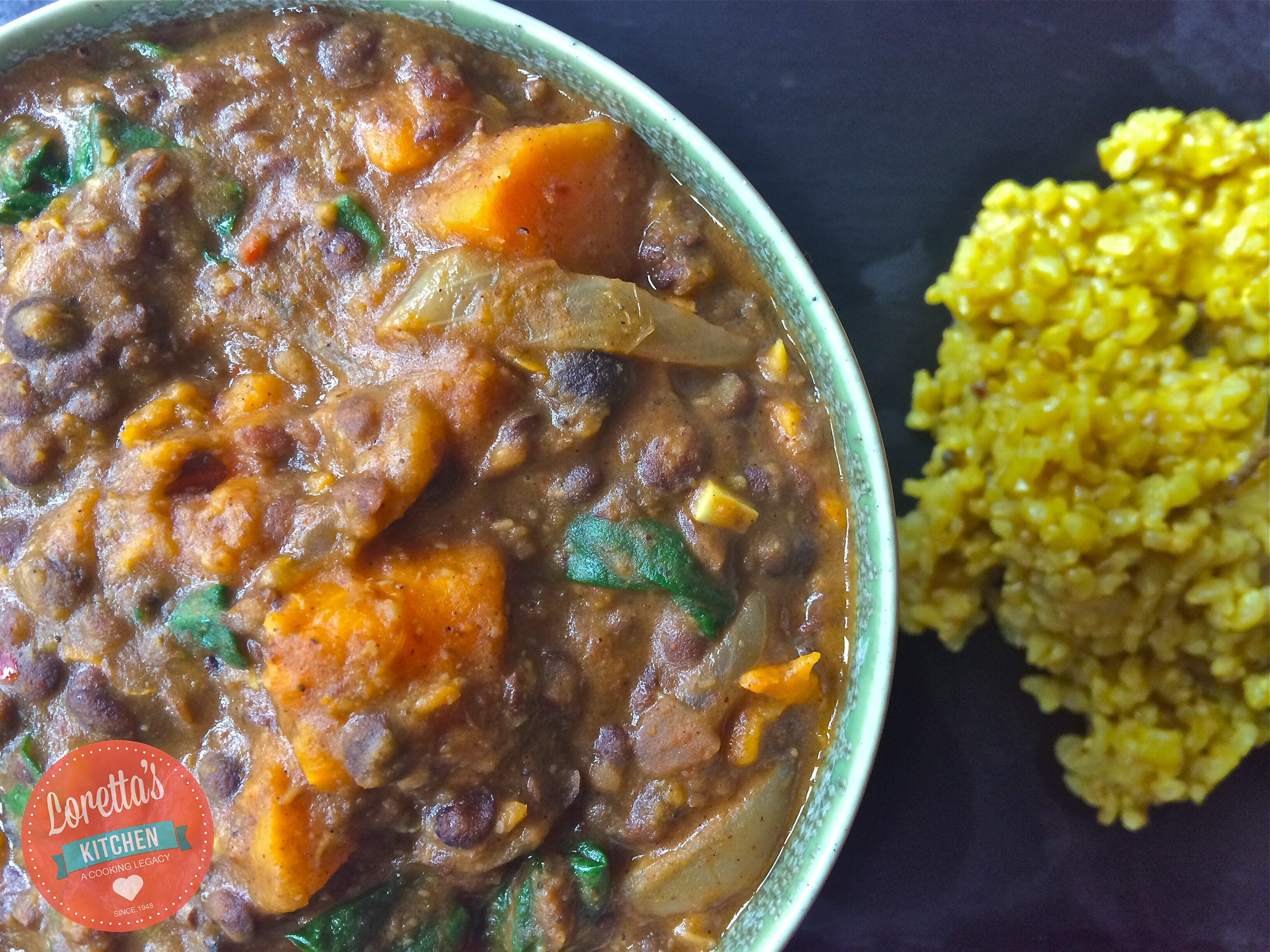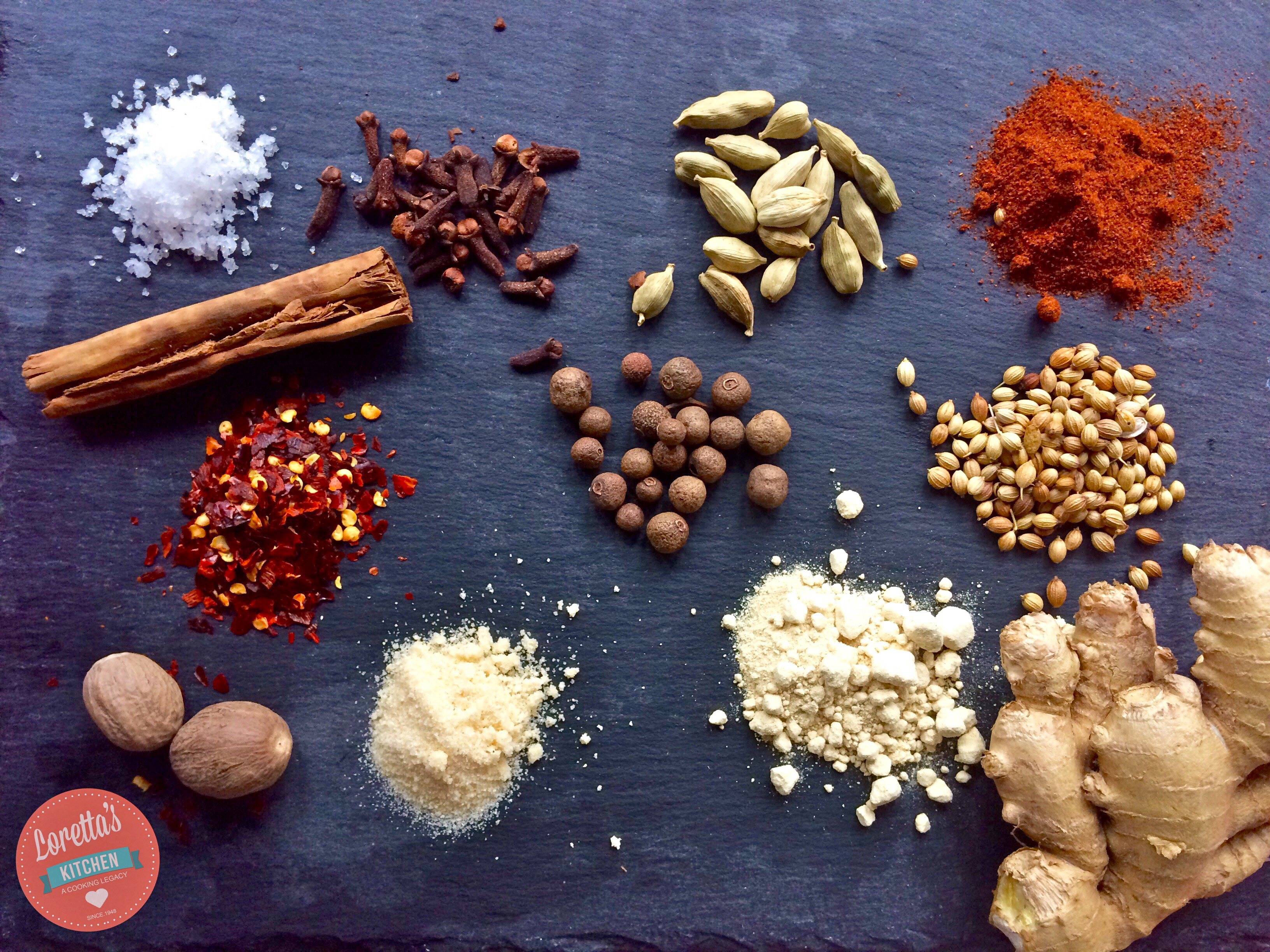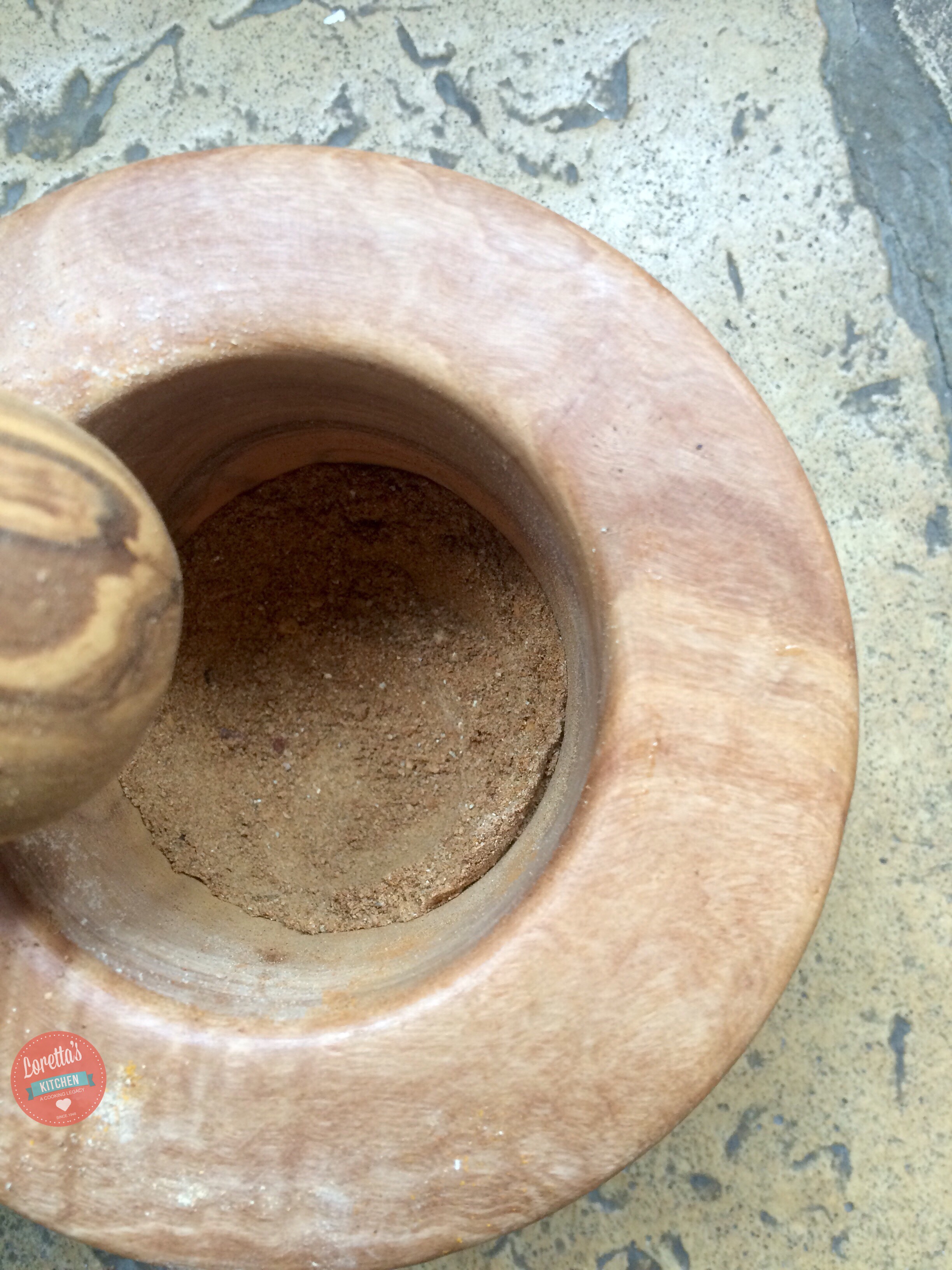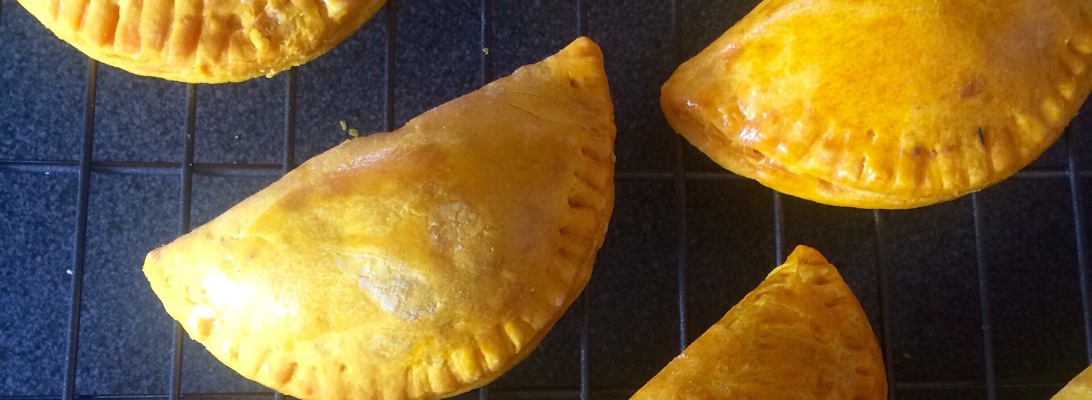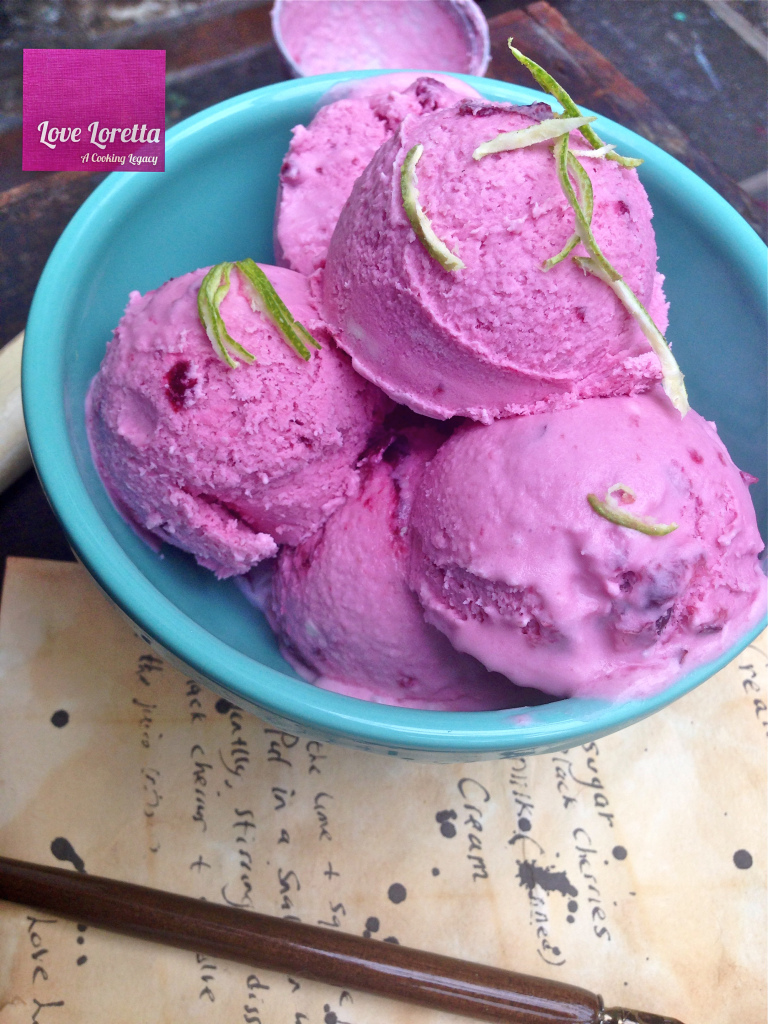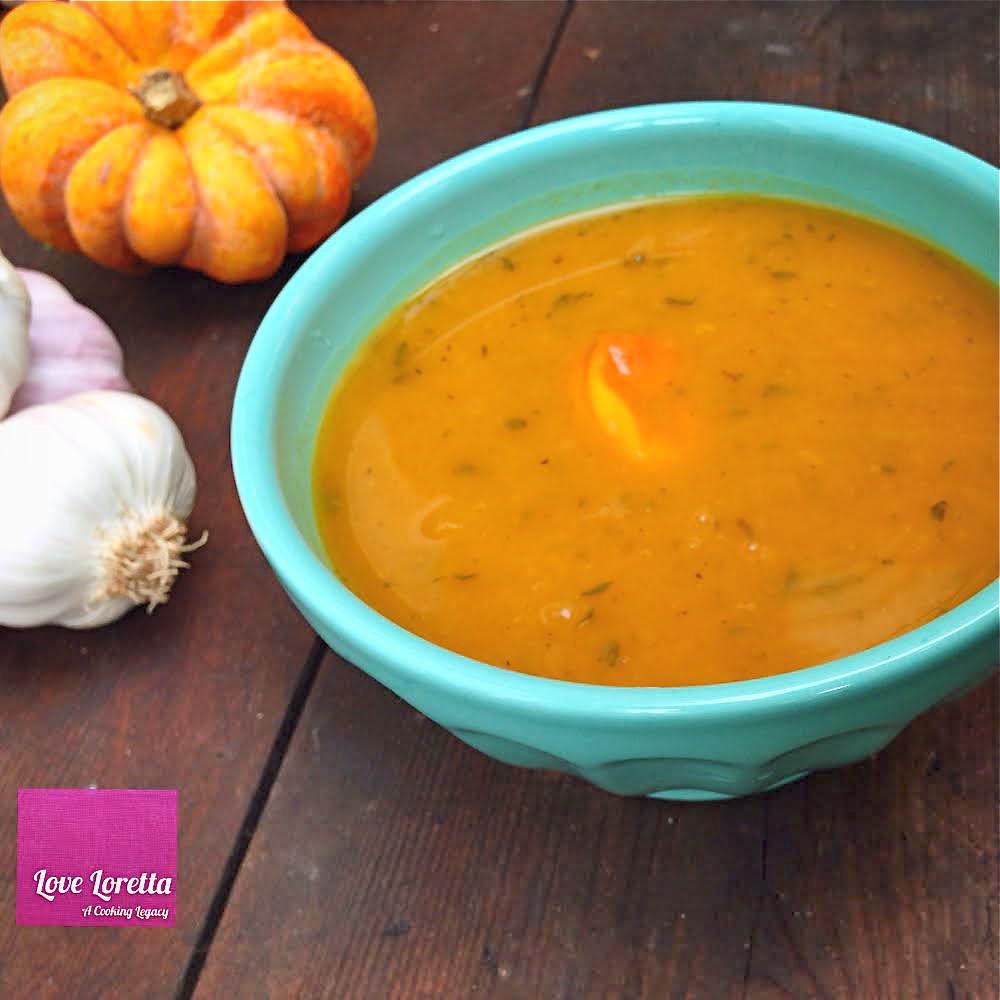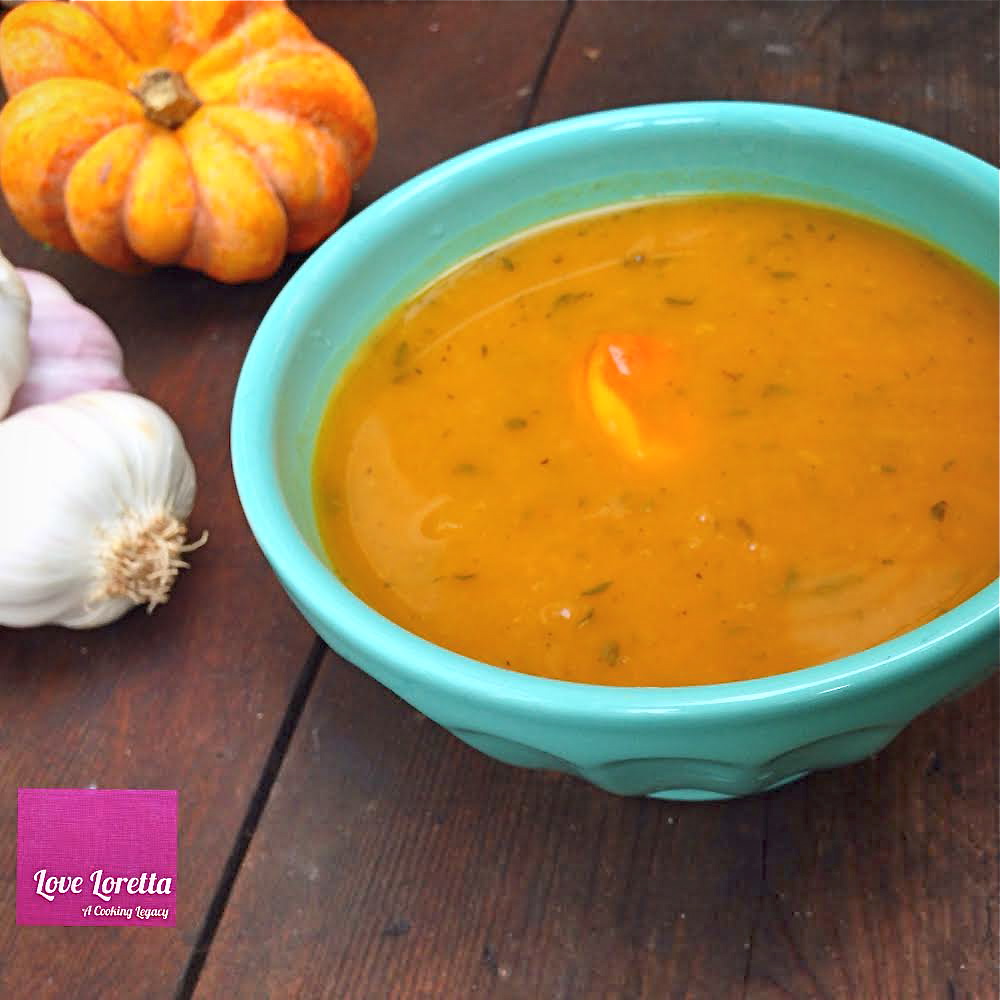I have countless vain attempts to go vegan over the past 2 years. The first time round in 2018 I panicked and bought and created every meat and diary substitute in sight for fear of starvation.
After a few (days), I settled down and began to enjoy how colorful my plate was now looking with fresh salads and fruits I would only have as a snack or in the summer months.
But then problems hit when I started eating out again: I was condemned to ordering 3-4 sides because the only vegan option was a burnt off aubergine or waterlogged portbello mushroom (minus juicy halloumi cheese?!) in a bun.
I soon realized that veganism didn’t equate to better health or weight loss, in fact would you believe that eating onion rings, chips and vegetable spring rolls do no good to my arteries.
So on reflection I realized that all I had to do to maintain this vegan lifestyle was make a few subtle changes to dishes I already know and love…and keep doing it. This is where I met the beloved artichoke.
I started thinking about what I liked about meat: it wasn’t just the taste, it was the texture: the chewy resistance from red meat, the salty flakiness from fish, the rich depth of flavor made with chicken stock. And then I thought about their vegetable equivalent. That’s how I discovered artichokes, the closet relative to salt-fish I could find. The artichoke petals were flaky enough to absorb flavor and create texture; when char-grilled and stored in brine or oil, the bitterness created the illusion of a fillet. Yes I know one of the biggest accusation made against vegan’s is why do you need to imitate the same food you’re avoiding?! Why the imitation cheeze and ‘tofish’ - I get it. And I have not intellectual response to that other than that’s just how we’ve been socialized you don’t want to feel like you’re missing out on the fun, delicious mainstream cuisines- especially like me still haven’t made the transition to veganism as yet.
Ok so enough chatter - below is the recipe for Ackee & Saltfish(less), let me know what you think: does artichoke do it for you? What would you use instead?
Ackee and Saltfish(less)
Ingredients:
Red and Green Sweet Peppers - finely sliced
1/2 scotch bonnet pepper - de-seeded, finely sliced or chopped
2 Banana Shallots - finely sliced
thumb nail - ginger - crushed
4 cloves garlic - chopped
Sprigs Fresh Thyme
2 tbsp Bajan Pepper Sauce
Salt and Pepper to Taste
1 tin Fresh Ackee
1 jar - Chargrilled Artichoke
1 fresh Tomato - finely chopped
Method:
- Saute the onions, garlic, ginger and scotch bonnet in a large pan until soft
- Add the sweet peppers with fresh thyme and fry gently (you don’t want to lose the colour on the peppers)
- Add the tomato and allow the tomato water to absorb in the pan
- Drain the artichokes and cut into smaller pieces if needed. Then add to the pan to warm through for 2-3 minutes. Keep on a low heat
- Drain the Ackee and transfer to a separate pan with a lid (ensure with a little of the water from the tin) and let it steam in the pan for 3 minutes.
- When the ackee is warmed through, transfer it to the main pan and add the pepper sauce and season to taste
Serve with bread of fried bakes (as pictured)
